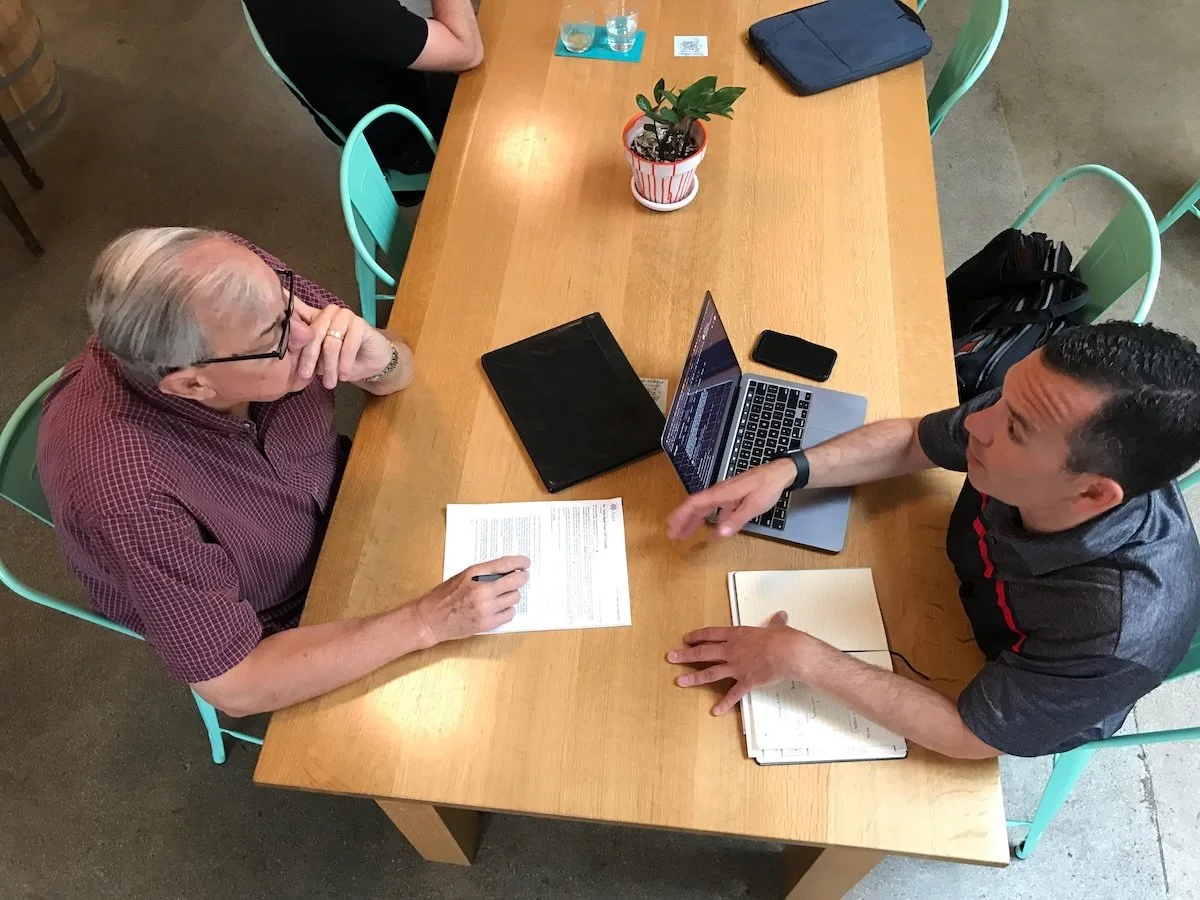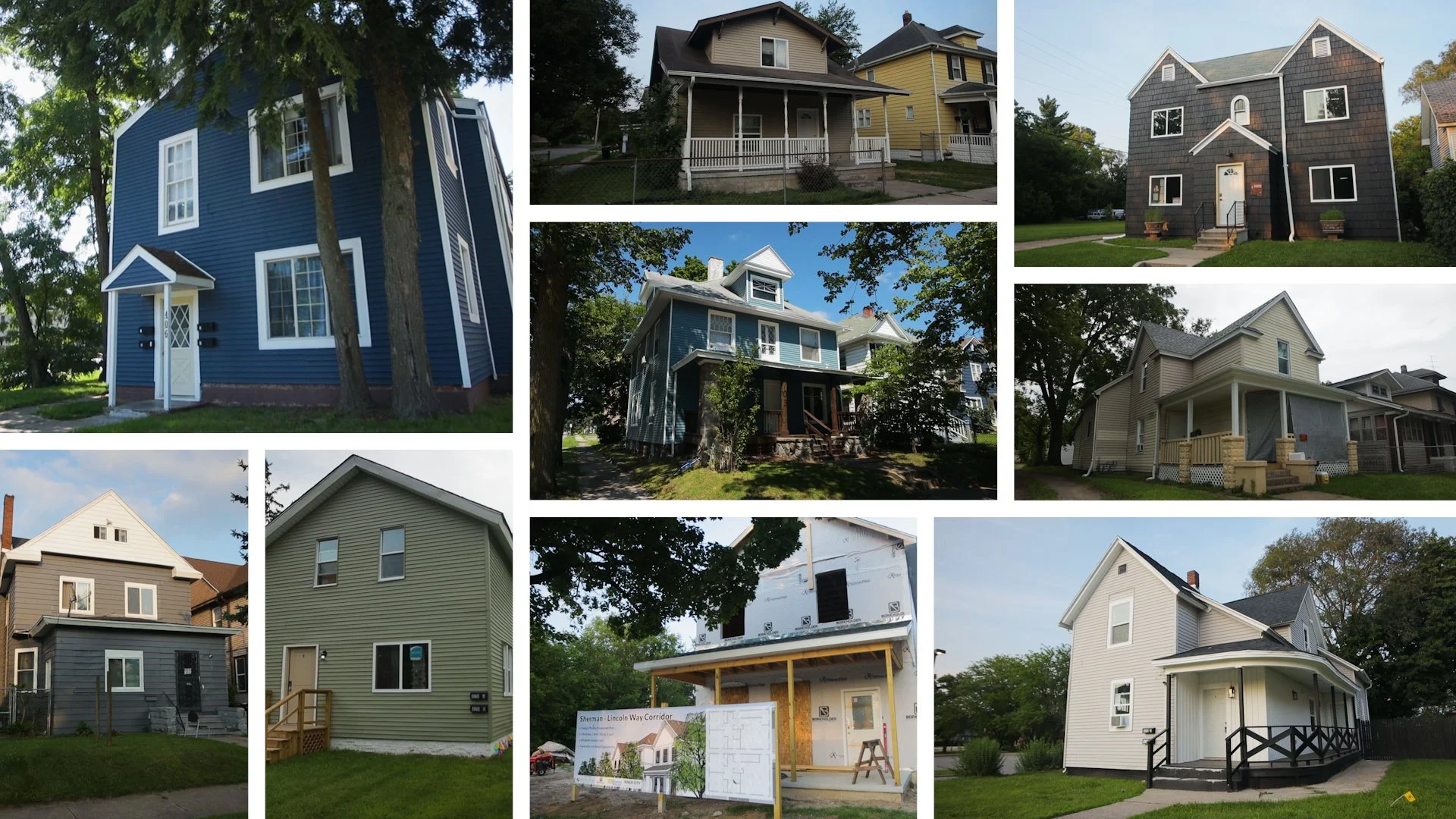
Alternative Equity
Solution: Alternative Equity
Problem: Appraisal Gap
Through expert guidance, we've developed a strategic approach to using our Capital Fund to close the equity gap caused by low appraisals—without adding debt to the developer. The capital is returned within five years and reinvested into the next community, creating a sustainable cycle of impact-driven development.
Expand the tabs below to learn more.
-
Independent real estate appraisals are assessments of a property's value and conducted on all of our funded developments.
-
These costs vary per project, and include the purchase price and all costs associated with turning a property into a safe and affordable rental.
-
Loans are typically done at 75% of the appraisal done after the renovations are completed. This is where we see the “Appraisal Gap”.
-
If the developer used $190k for the development, and the appraisal is too low to cover the loan, but their debt service coverage ratio (DSCR) is high enough, we then use our “Alternative Equity” to get the deal done.
-
When the appraisal is lower than the investment required to rehab a property. This is often in formerly red-lined neighborhoods and limits the ability for residents to invest.
Jerry Langley, retired University of Notre Dame professor and NDFCU Board Member who helped design the details of the program, meets with CDFI Friendly Director Sam Centellas.
We partnered with Cinnaire, a housing-focused CDFI, to connect local developers with development lines of credit for purchasing and rehabbing properties into affordable homes.
While the initial investment was critical, we encountered the common challenge of appraisal gaps. Through innovative collaboration with the City of South Bend, Notre Dame Federal Credit Union, and other local funders, we developed a solution we call "Alternative Equity"—a method that fills the equity gap and closes permanent financing for properties to not overburden developers.
Through expert guidance, we've developed a strategic approach to using our Capital Fund to close the equity gap caused by low appraisals—without adding debt to the developer. The capital is returned within five years and reinvested into the next community, creating a sustainable cycle of impact-driven development.
Make it
We connected Cinnaire, a housing focused CDFI, with local developers who received development lines of credit to purchase and rehab real estate into affordable housing.
The initial investment was crucial, but we ran into the appraisal gap issue. Through creativity and partnerships with the City of South Bend, the Notre Dame Federal Credit Union and local funders we create a method to provide “Alternative Equity” to close permanent financing for these properties
Through advocacy and focus on community needs we have brought stakeholders together to create change in our region. This innovative program is an example of how we can create and fund products to meet needs.

Jerry Langley, retired University of Notre Dame professor and NDFCU Board Member who helped design the details of the program, meets with CDFI Friendly Director Sam Centellas.
We connected Cinnaire, a housing focused CDFI, with local developers who received development lines of credit to purchase and rehab real estate into affordable housing.
The initial investment was crucial, but we ran into the appraisal gap issue. Through creativity and partnerships with the City of South Bend, the Notre Dame Federal Credit Union and local funders we create a method to provide “Alternative Equity” to close permanent financing for these properties.
Expand the tabs below to learn more.
-
Independent real estate appraisals are assessments of a property's value and conducted on all of our funded developments.
-
These costs vary per project, and include the purchase price and all costs associated with turning a property into a safe and affordable rental.
-
Loans are typically done at 75% of the appraisal done after the renovations are completed. This is where we see the “Appraisal Gap”.
-
If the developer used $190k for the development, and the appraisal is too low to cover the loan, but their debt service coverage ratio (DSCR) is high enough, we then use our “Alternative Equity” to get the deal done.
-
When the appraisal is lower than the investment required to rehab a property. This is often in formerly red-lined neighborhoods and limits the ability for residents to invest.description





